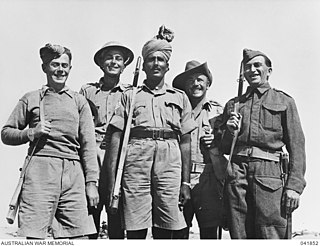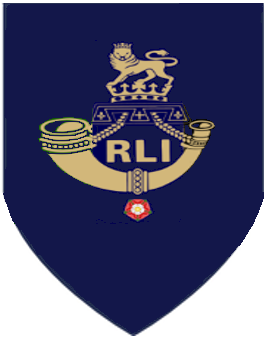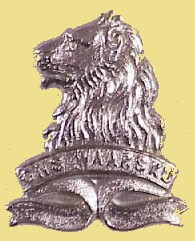The 1st South African Infantry Division was an infantry division of the army of the Union of South Africa. During World War II the division served in East Africa from 1940 to 1941 and in the Western Desert Campaign from 1941 to 1942. The division was disbanded on 1 January 1943, for conversion into what would become the 6th South African Armoured Division. The division was also briefly active after the war from 1 July 1948 to 1 November 1949.
The South African 2nd Infantry Division was an infantry division of the army of the Union of South Africa during World War II. The division was formed on 23 October 1940 and served in the Western Desert Campaign and was captured by German and Italian forces at Tobruk on 21 June 1942. The remaining brigade was re-allocated to the South African 1st Infantry Division.

Operation Crusader was a military operation of the Western Desert Campaign during the Second World War by the British Eighth Army against the Axis forces in North Africa commanded by Generalleutnant (Lieutenant-General) Erwin Rommel. The operation was intended to bypass Axis defences on the Egyptian–Libyan frontier, defeat the Axis armoured forces near Tobruk, raise the Siege of Tobruk and re-occupy Cyrenaica.
The 1st Army Tank Brigade was a formation of the British Army during the Second World War. A Tank Brigade was intended to support the Infantry and was mostly equipped with slow moving Infantry tanks, unlike an Armoured Brigade, which was equipped with faster cruiser tanks and later its own motorised infantry. Initially using infantry nomenclature for its smaller units, company and section and having 175 light and infantry tanks, it later adopted cavalry nomenclature of squadron and troop and later in the War grew to 240 tanks. Its designation was changed on 14 April 1940 to 1st Tank Brigade.

The Siege of Tobruk took place between April 10 and November 27, 1941, when elements of the Allied Army were trapped and besieged in the North African port of Tobruk by German and Italian forces. The defenders quickly became known as the Rats of Tobruk.

The Battle of Gazala was fought during the Western Desert Campaign of the Second World War, west of the port of Tobruk in Libya, from 26 May to 21 June 1942. Axis troops of the Panzerarmee Afrika consisting of German and Italian units fought the British Eighth Army composed mainly of British Commonwealth, Indian and Free French troops.

The Solomon Mahlangu Regiment is a reserve infantry regiment of the South African Army.

The Durban Light Infantry is a Motorised Infantry regiment of the South African Army. It lost its status as a Mechanised infantry regiment in 2010 in line with the rationalisation of resources. As a reserve unit, it has a status roughly equivalent to that of a British Army Reserve or United States Army National Guard unit.

Andrew Mlangeni Regiment is a reserve infantry regiment of the South African Army.

The Rand Light Infantry (RLI) is an infantry regiment of the South African Army. As a reserve unit, it has a status roughly equivalent to that of a British Army Reserve unit or United States Army National Guard unit.
The 7th Royal Tank Regiment was an armoured regiment of the British Army from 1917 until disbandment in 1959.
Major General Sir Michael O'Moore Creagh, was a British Army officer who served in both the world wars. He commanded the 7th Armoured Division, the Desert Rats, between 1939 and 1941.

The 27th Infantry Division "Brescia" was an infantry division of the Royal Italian Army during World War II. The Brescia was named after the city of Brescia in Lombardy. The Brescia was classified as an auto-transportable division, meaning it had some motorized transport, but not enough to move the entire division at once.

The 102nd Motorized Division "Trento" was a motorized infantry division of the Royal Italian Army during World War II. The division was formed in 1935 and named for the city of Trento, where its infantry and artillery regiments were based. The Trento served in the Western Desert Campaign and was destroyed in the Second Battle of El Alamein in November 1942.

The General de la Rey Regiment is an reserve infantry regiment of the South African Army.

8 South African Armoured Division was a formation of the South African Army, active from the 1970s to 1999.

9 South African Infantry Division was a formation of the South African Army, active in the early 1990s.

82 Mechanised Brigade was a Formation of 8th South African Armoured Division, a combined arms force consisting of infantry, armour and artillery.

The British capture of Tobruk was a battle fought between 21 and 22 January 1941, as part of Operation Compass, the first offensive of the Western Desert Force (WDF) in the Western Desert Campaign of the Second World War. After defeating the Italians in the Battle of Bardia, the 6th Australian Division and the 7th Armoured Division pressed on and made contact with the Italian garrison in Tobruk on 6 January.
















